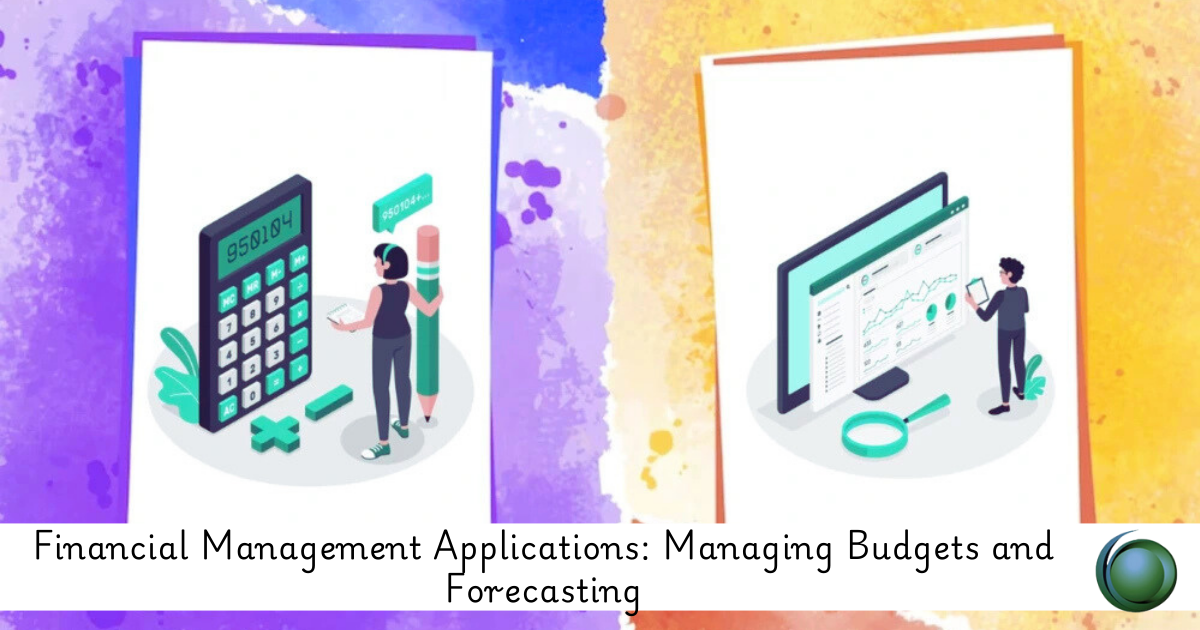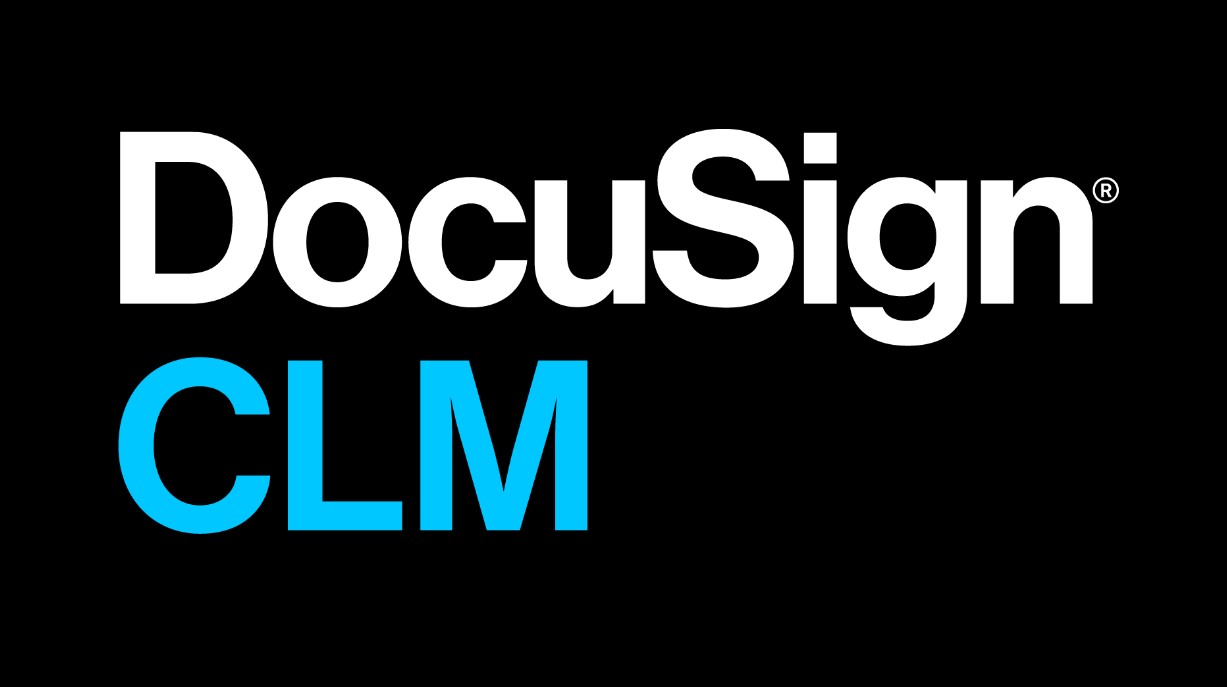Description
Introduction of Financial Management Applications
Financial Management Applications: Managing Budgets and Forecasting is designed to equip participants with the knowledge and tools necessary to streamline financial management processes within an organization. As businesses grow, effective financial management becomes crucial to ensure budgets are optimized, costs are controlled, and forecasts are accurately projected. This course will introduce participants to the key concepts of financial management, focusing on the use of modern applications to manage budgets, forecast financial outcomes, and analyze financial performance.
Participants will gain hands-on experience with financial management software such as QuickBooks, Oracle NetSuite, and SAP S/4HANA, learning how these tools can be leveraged to improve the efficiency of financial tasks such as budgeting, forecasting, cash flow management, and financial reporting. By the end of the course, attendees will have the skills to automate and optimize their financial management tasks, resulting in more accurate financial planning and better business decisions.
Prerequisites:
- Basic understanding of financial principles such as budgeting, forecasting, and reporting
- Familiarity with spreadsheet tools like Microsoft Excel or Google Sheets (recommended but not mandatory)
- No prior experience with financial management software is required
Table of Contents
Conclusion
Financial management applications are vital tools for businesses of all sizes to manage their finances effectively. From budgeting and forecasting to cash flow management and tax compliance, these tools provide businesses with the necessary capabilities to ensure financial stability and growth. By adopting the right financial software, businesses can streamline financial operations, improve decision-making, and ensure long-term success. As technology advances, the integration of AI, automation, and cloud-based solutions will further enhance the efficiency and accuracy of financial management, making it easier than ever for businesses to manage their financial health.







Reviews
There are no reviews yet.